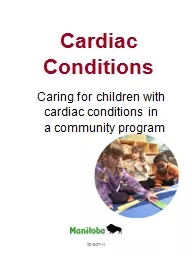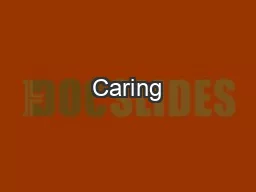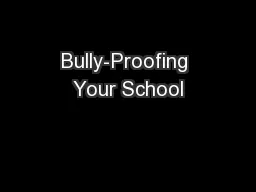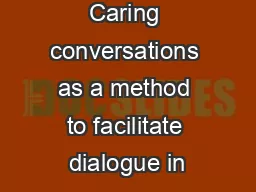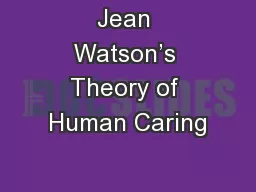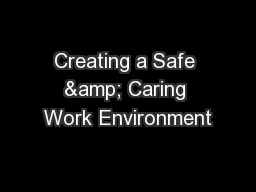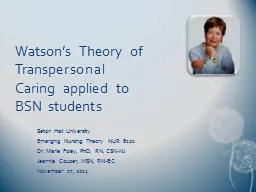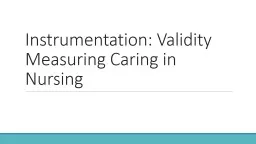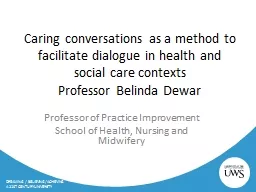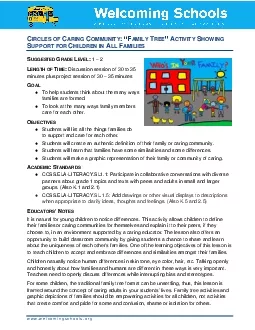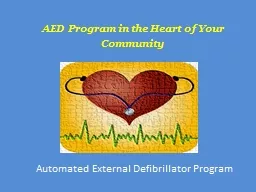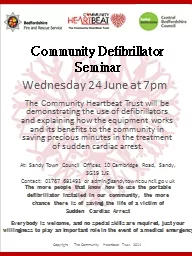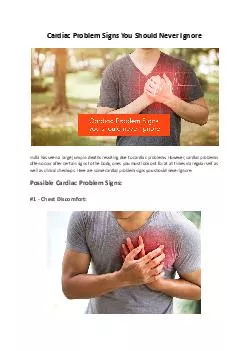PPT-Cardiac Conditions Caring for children with cardiac conditions in a community program
Author : mojartd | Published Date : 2020-06-16
20150714 How the Heart Works Collects oxygenpoor blood from body and pumps it to the lungs to get oxygen Pumps blood to the lungs and body by a sequence of organized
Presentation Embed Code
Download Presentation
Download Presentation The PPT/PDF document "Cardiac Conditions Caring for children ..." is the property of its rightful owner. Permission is granted to download and print the materials on this website for personal, non-commercial use only, and to display it on your personal computer provided you do not modify the materials and that you retain all copyright notices contained in the materials. By downloading content from our website, you accept the terms of this agreement.
Cardiac Conditions Caring for children with cardiac conditions in a community program: Transcript
Download Rules Of Document
"Cardiac Conditions Caring for children with cardiac conditions in a community program"The content belongs to its owner. You may download and print it for personal use, without modification, and keep all copyright notices. By downloading, you agree to these terms.
Related Documents

